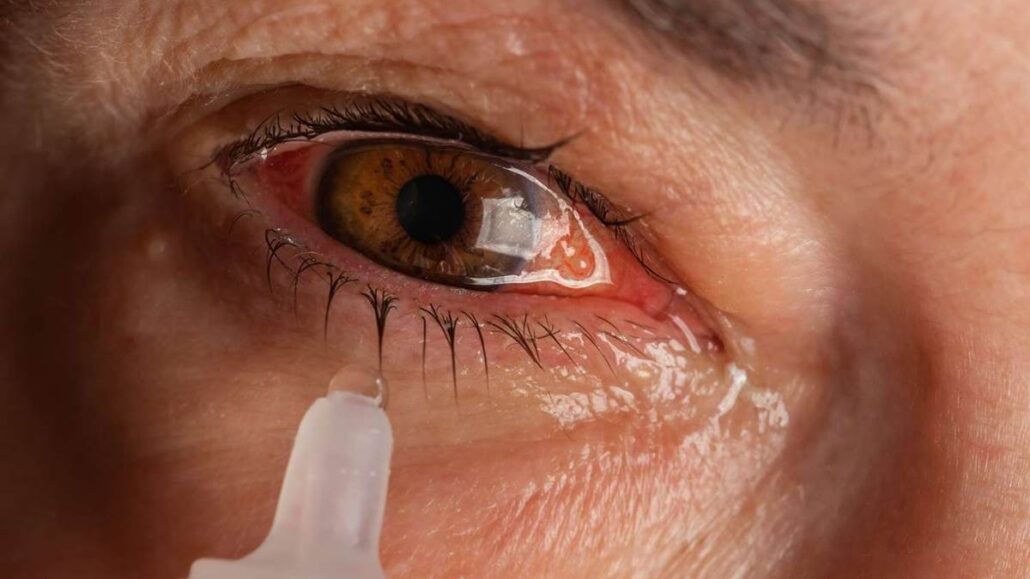
Hospitals in Jammu and Kashmir continue to receive patients complaining of irritation, redness, swelling and itching in their eyes with rise in ‘eye flu’ patients.
Doctors from Kashmir and Jammu divisions told the news agency—Kashmir News Observer (KNO) that cases of conjunctivitis, popularly known as ‘eye flu’, are on the rise.
They, however, said there is no need to worry as it goes away in one to two weeks.
An official from the Directorate of Health Services Jammu told KNO that 12,598 cases of conjunctivitis were reported in Jammu division including GMC Jammu.
Giving further details, he said so far 3,481 cases have been reported in Jammu district, 575 in Doda, 1,714 in Kathua, 485 in Kishtwar, 799 in Poonch, 913 in Rajouri, 731 in Ramban, 380 in Reasi, 1,352 in Samba, 765 in Udhampur and 1,403 in GMC Jammu.
The spokesperson of Directorate of Health Services Kashmir Dr Mir Mushtaq told KNO that so far 8,533 causes of ‘eye flu’ have been reported in Kashmir hospitals coming under the DHSK’s control.
Giving further details, he said that so far 399 cases have been reported in Kulgam district, 545 in Kupwara, 1,380 in Pulwama, 798 in Shopian, 1,043 in Srinagar, 1503 in Anantnag, 31 in Bandipora, 1415 in Baramulla, 1,004 in Budgam and 415 in Ganderbal.
The doctors said it is a “self-limiting infection” and each individual’s immunity will have a role to play in the course of the disease.
The monsoon’s humid and damp conditions provide an ideal breeding ground for viruses or bacteria responsible for these infections to spread rapidly, they said.
The flu can infect any person of any age group and to stop the spread of the infection, touching eyes should be avoided, especially unwashed hands. They advised for maintaining optimal hygiene and frequent hand washing with soap for at least 20 seconds, particularly after touching the face or contaminated surfaces
They added that with timely treatment and preventive measures, the eye flu spread can be stopped.
They further added that an ophthalmologist must be consulted if there is severe eye pain, blurring of vision, sensitivity to light associated with throat pain and fever and if the symptoms go worse and don’t improve after 24 hours—(KNO)




